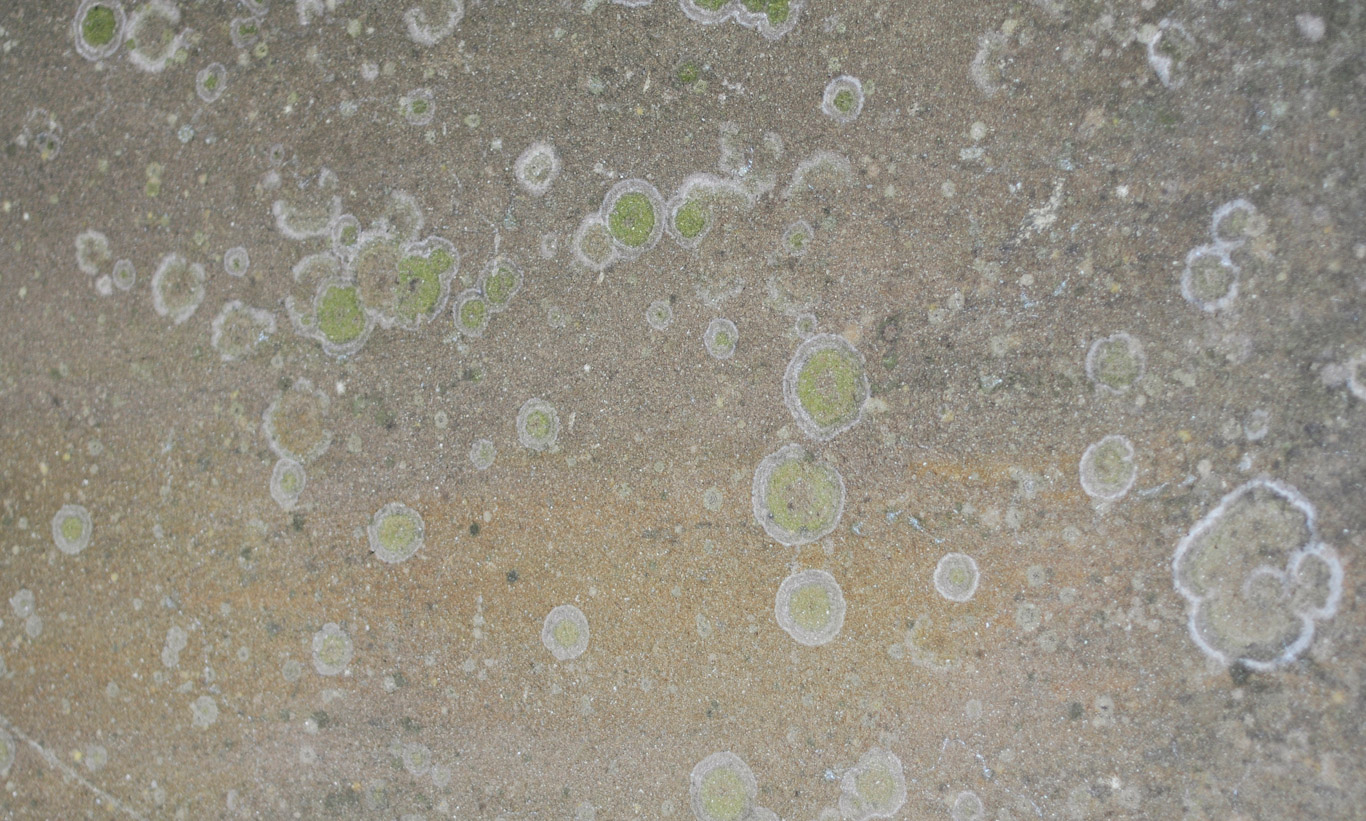Roy Sullivan - Senior Consultant and Authorising Engineer (Water), Water Hygiene Centre Ltd looks at water hygiene consequences of using RAAC.
Potentially one of the biggest news stories that broke in 2023 was the one about RAAC – Reinforced Autoclaved Aeriated Concrete. This method of construction was widely used from the mid-1950s through to the early 1990s. The predicted lifespan of this type of concrete from installation to expected potential failure was 30 years, which is why this issue has recently hit the headlines.
Why was RAAC used?
The use of this type of concrete was widespread. The rationale at the time was that it was cheaper than conventional methods, it had good thermal insulation qualities, and it was lightweight. In hindsight it has come to light that often there was insufficient coverage of the steel reinforcing bars by the concrete, leaving them exposed to elements and subsequent corrosion which will inevitably weaken the structure. As a result of these findings and ongoing investigations, many buildings identified as having RAAC have been subject to closure, a good proportion of those being schools.
Water Hygiene consequences of using RAAC
When a building is occupied and the hot and cold-water systems are in normal use as they were designed to operate, then the risk from Legionella and other waterborne pathogens remains at an acceptable level. Once these hot and cold systems become effectively redundant from lack of use due to building closures, then the potential risk increases significantly.
Basic water hygiene management involves keeping the hot water, hot, the cold water, cold, and more importantly keep water moving within a system, none of which can be achieved to the level required if a building is closed and not used.
As a result of closure, the building plant may be turned off; consequently, the Calorifier and associated hot water temperatures will fall below the parameters required and water can stagnate in the cold-water storage tanks and all distribution pipework within the building due to lack of use. This all creates the perfect storm for Legionella and other waterborne pathogens to proliferate within the system.
So, what can we do to keep our domestic water systems safe?
HSG 274 – Part 2 section 2.50 – 2.52 gives guidance on managing the water systems in buildings taken out of use.
“Where a building, part of a building or a water system is taken out of use (sometimes referred to as mothballing), it should be managed so that microbial growth, including Legionella in the water, is appropriately controlled.
All mothballing procedures are a compromise between adequate control of microbial growth, the use of water for flushing (while avoiding waste), and degradation of the system by any disinfectant added.
Where disinfectants are used, these should leave the system fit for its intended purpose. In general, systems are normally left filled with water for mothballing and not drained down as moisture will remain within the system enabling biofilm to develop where there are pockets of water or high humidity. The water in the system also
helps to avoid other problems associated with systems drying out, including failure of tank joints and corrosion in metal pipework. The systems should be recommissioned as though they were new (i.e., thoroughly flushed, cleaned, and disinfected) before being returned to use.
Other Considerations
Having read the above guidance, the potential risks posed by a water system in an unoccupied building can be easily managed if a calculated and pragmatic approach is taken. Ideally, the system should be left in a live condition if the likelihood of reoccupation is high following rectification works.
That is to say, nothing is drained down and the heat source for hot water generation is left on so that hot water temperatures can be maintained. There is a need to identify if there are any hot and cold water services within the areas that are closed, so appropriate measures can be taken.
If the building is unlikely to be reoccupied for an extensive period, then a decision may be made as to different approaches as outlined in the above extract from HSG274 – Part 2 each on its own merits.
The easiest and least intrusive solution is to implement a legionella flushing regime on all domestic water system outlets, until the outlet temperature is comparable to the supply temperature, as, in their current unused state they are effectively deadlegs. This process should be documented, and the records held within the site logbook. Legionella samples may also be taken for laboratory analysis (if not already part of your current regime) to confirm that your flushing regime is still effective.
Several schools and other organisations affected by building closures due to RAAC have sought to use temporary offices or Portacabin-type structures as alternative workspaces and welfare facilities so that they can continue to function as close to normality as possible.
It’s also worth noting domestic water systems within these temporary structures will also require careful management before they are occupied and will also require a Legionella risk assessment.
HSG274 – Part 2 – Sections 2.40 – 2.43 gives guidance on the commissioning requirements before bringing a new system into operation.
Conclusion
The Health & Safety at Work Act 1974 states;
“Section 4 places a duty on anyone responsible for the workplace to ensure that the premises, plant, and machinery do not endanger the people using them”.
We all have a duty of care to our work colleagues, the public and ourselves. The likelihood of an incident derived from the water systems which have been left unmanaged in an unoccupied building can be reduced dramatically to levels that are deemed acceptable or ALARP – as low as reasonably practicable - with a relatively simple regime which prevents the conditions favourable for the growth of Legionella and other waterborne pathogens.


